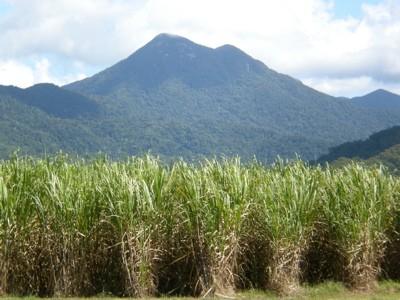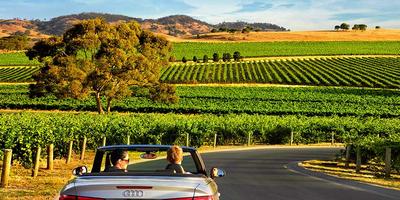How to Choose the Right Livestock Breed for Your Farm
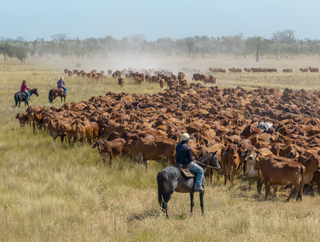

Choosing the right breed can improve herd productivity by over 25%, directly impacting your bottom line. As one of the most significant decisions a producer makes, selecting a livestock breed requires careful consideration of multiple factors that will influence your farm's profitability for years to come.
The foundation of a successful herd or flock begins with superior genetics. Often sourced from high-quality stud stock, they provide the genetic potential needed to meet your production goals. Whether you're establishing a new enterprise or expanding an existing operation, aligning your breed choice with your farm environment, resources, and market goals is essential for long-term success.
At Farmbuy, we understand that producers need more than just livestock. The right choice of animals is needed, along with proven genetics that can thrive in specific conditions and deliver consistent returns. This comprehensive guide provides a clear framework for making an informed decision. To ensure your investment in quality genetics delivers the results you're seeking, climate suitability, production objectives, and market demand will be key points of consideration.
Key Factors to Consider Before Choosing a Breed
Before browsing livestock listings or visiting sales, it's crucial to conduct a thorough assessment of your farm's capabilities and your business objectives.
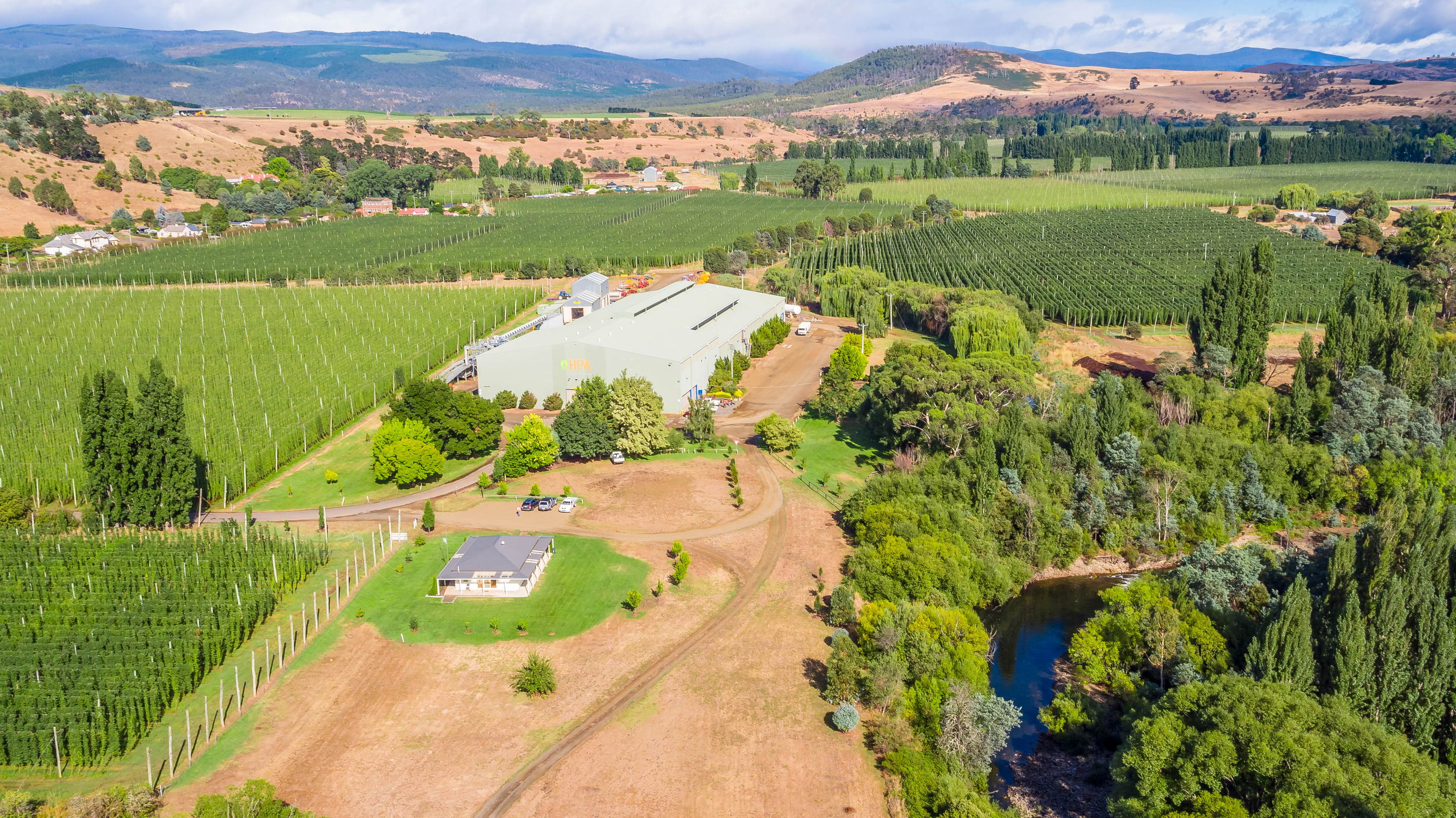

Your environment and climate should be the starting point. Matching a breed to local conditions is non-negotiable for both animal welfare and productivity. To mention examples, northern regions require heat and parasite-resistant breeds, whilst southern areas suit breeds adapted to cooler, wetter conditions.
Evaluate your land and resources carefully, considering how land size, terrain quality, and pasture availability will influence your breed selection. Note that some breeds excel as foragers on rough terrain, and others require higher-quality improved pastures.
Your production goals must be made clear from the outset. Decide whether you're targeting premium meat markets, establishing a dairy operation, or focusing on fibre production. Your target market will dramatically influence which breeds are suitable.
Consider your management style and available labour realistically. More docile breeds will require less handling expertise and infrastructure than more challenging breeds, so you should be able to determine which animals you can effectively manage. Take into account your available time, skills, and existing facilities.
Identify your property’s water availability, local parasite challenges, and typical seasonal variations in feed quality. These will play vital roles in determining which breeds will thrive rather than merely survive.
Matching Livestock Traits to Your Production Goals
Understanding Estimated Breeding Values (EBVs) transforms livestock selection from guesswork into objective decision-making. EBVs allow you to identify animals from quality stud stock operations that excel in the particular traits your enterprise requires.
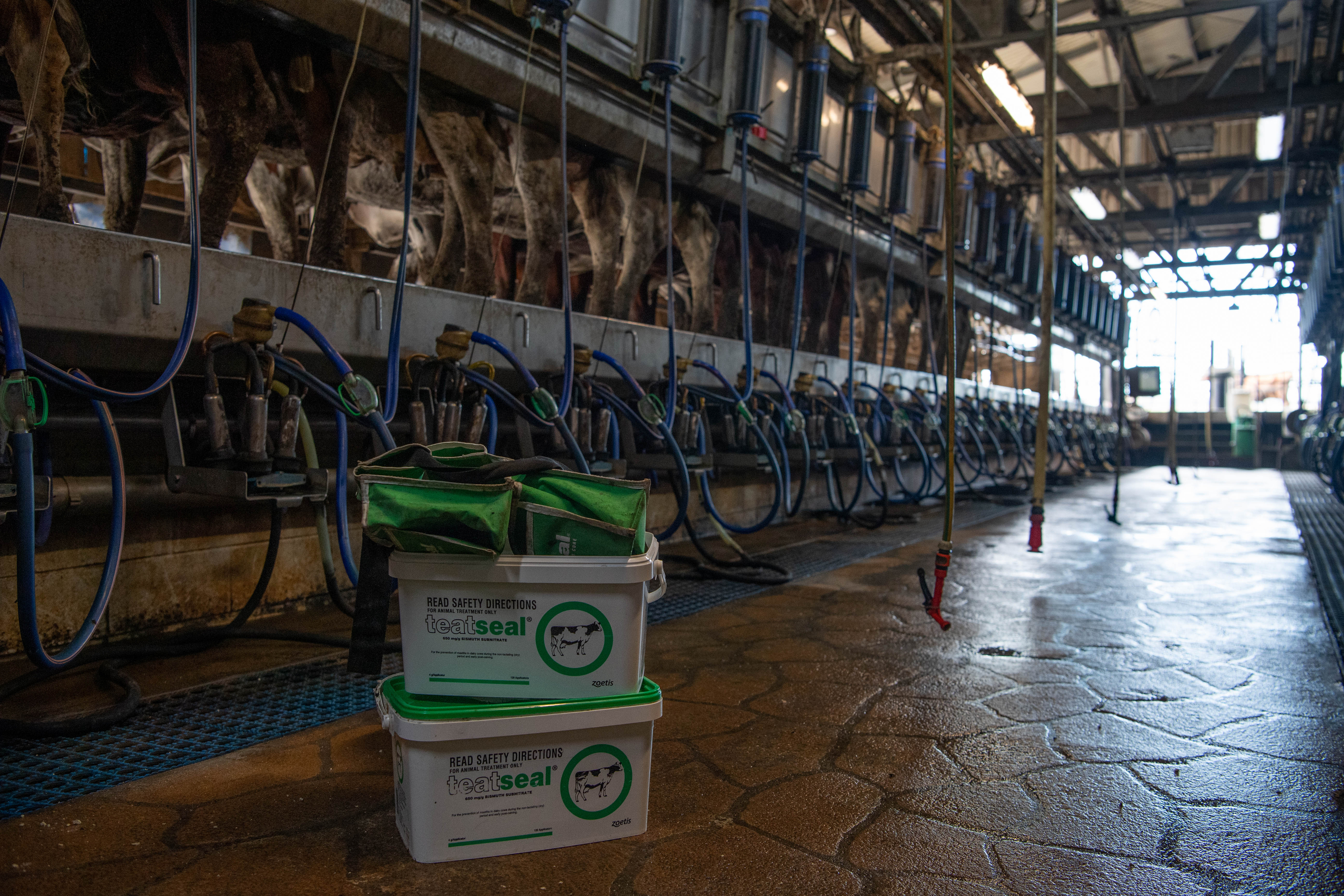
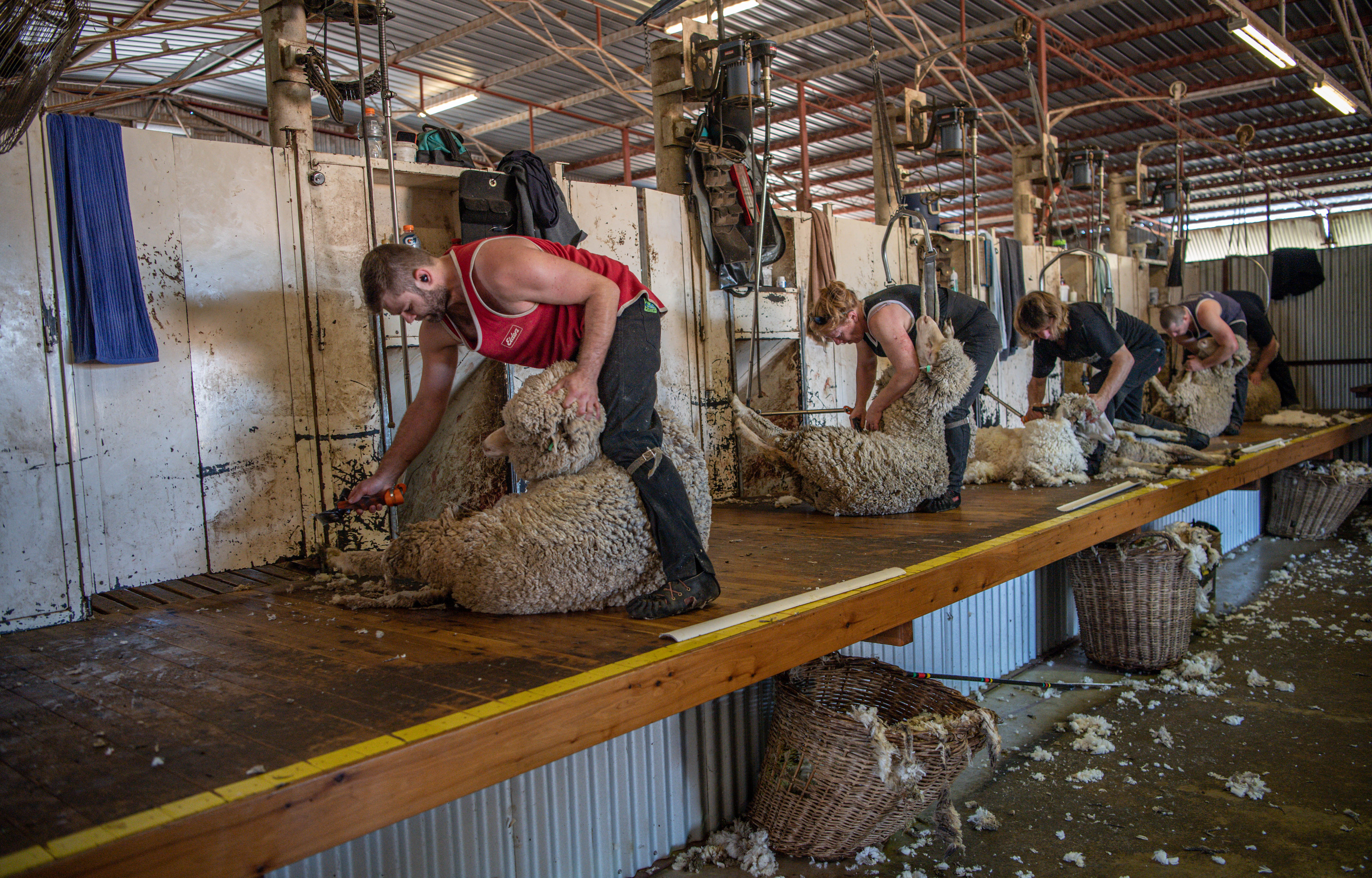
For meat production - focus on breeds with superior growth rates, efficient feed conversion, excellent carcass quality (including marbling and yield), and strong fertility rates. E.g., breeds such as Angus excel in marbling, while Dorper sheep combine hardiness with exceptional meat yield.
For dairy production - prioritise animals with proven milk yield, high milk solids content (including butterfat and protein percentages), robust udder health, consistent fertility, and longevity in the herd. E.g., Holstein-Friesian cattle dominate high-volume systems, whilst Jersey cattle produce exceptional milk solids.
For fibre production - key characteristics include fibre diameter measured in microns, fleece weight, staple length and strength, and comfort factor. E.g., Merino sheep remain the gold standard for premium wool production globally.
When sourcing breeding animals, reputable stud stock producers provide comprehensive genetic data that helps predict how offspring will perform, taking the guesswork out of building a productive herd or flock. The investment in animals with documented genetic merit pays dividends through improved productivity, better product quality, and more consistent performance across your entire operation.
Best Livestock Breeds for Different Climates
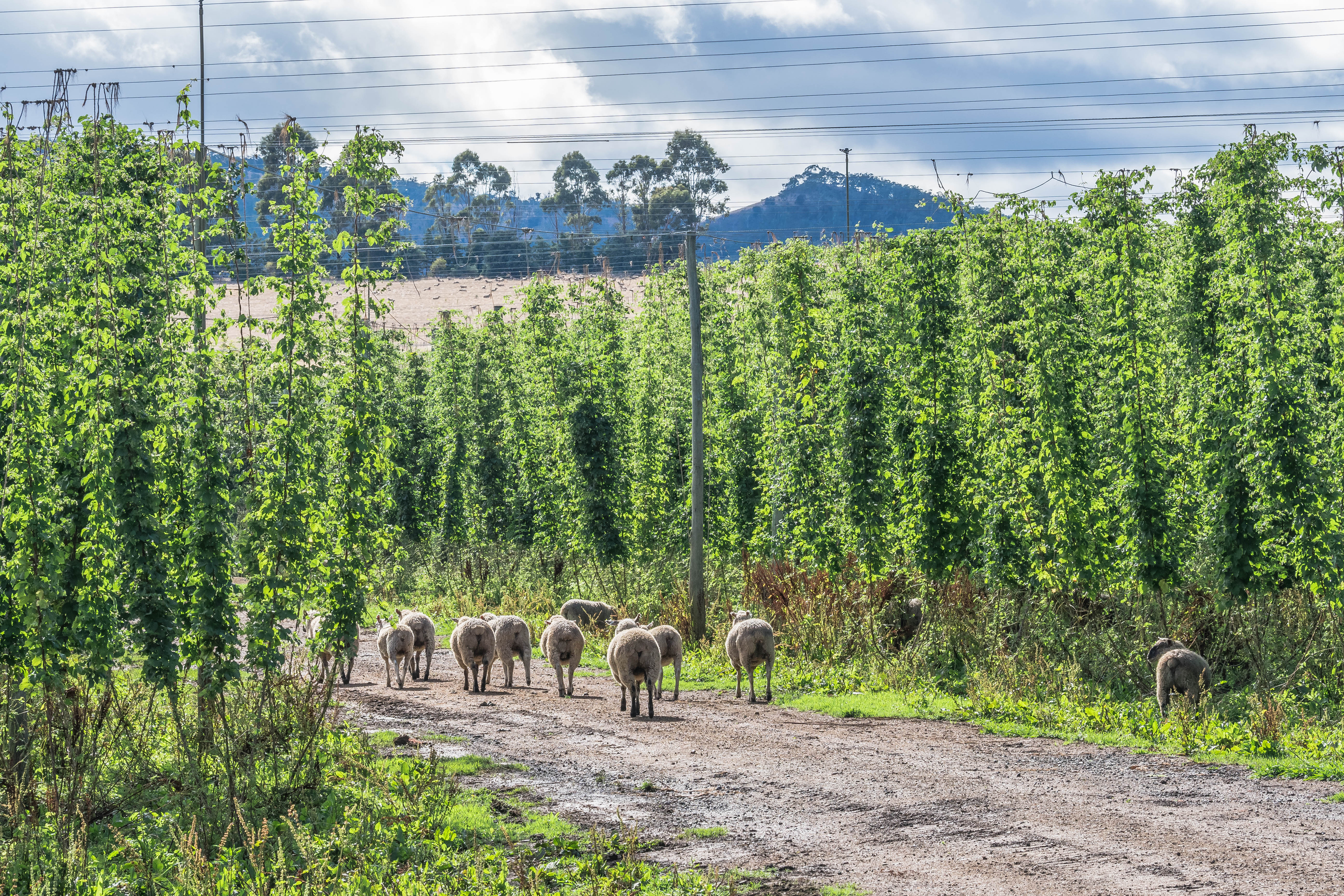

Climate adaptability is very important. It is the foundation of sustainable livestock production that upholds animal welfare standards and maximises productivity and profitability at the same time.
For hotter northern regions - heat tolerance and parasite resistance, particularly against ticks, become critical selection criteria that can make or break your enterprise. E.g., Bos Indicus cattle breeds like Brahman and Droughtmaster evolved to have loose skin, efficient sweating mechanisms, and natural parasite resistance, allowing them to maintain productivity when European breeds struggle. Hardy sheep breeds such as Dorper thrive in arid zones, and goats offer exceptional browsing ability and drought resilience for challenging environments.
For temperate southern regions - Cooler and wetter conditions suit Bos Taurus cattle breeds that have been developed in similar climates worldwide. Angus and Hereford cattle excel here too. They possess excellent meat quality characteristics and efficiently convert high-quality pastures into premium beef products that meet discerning market demands. Traditional sheep breeds including Merino for wool production and Border Leicester for prime lamb systems have proven their worth across generations of southern farmers.
Through Farmbuy's extensive network, producers can access quality breeding stock suited to their specific climate zone, ensuring the genetics you invest in are appropriate for your environmental conditions.
Essential Management and Infrastructure Needs
Understanding the true costs and infrastructure requirements of different livestock types prevents expensive surprises and maintains financial viability from day one.
Initial costs include purchasing quality stock from reputable sources. Do establish appropriate infrastructure, including fencing, yards, and loading facilities. Also install reliable water systems, in addition to potentially constructing shelter or sheds depending on your climate and production system.
Ongoing expenses encompass:
- Feed supplements during seasonal shortfalls
- Regular veterinary care and health programmes
- Labour for daily management and seasonal activities like marking or shearing
- Insurance to protect your investment
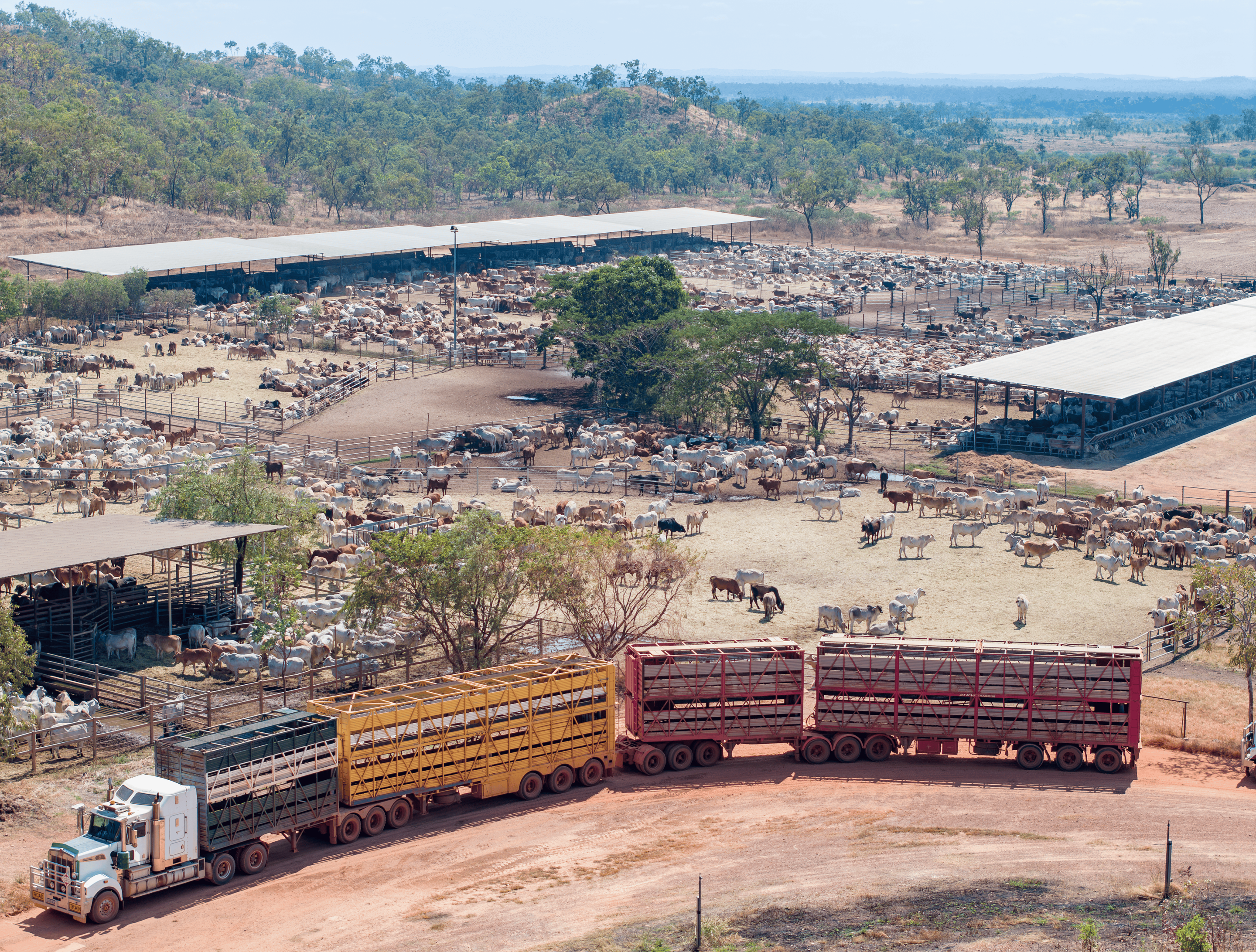
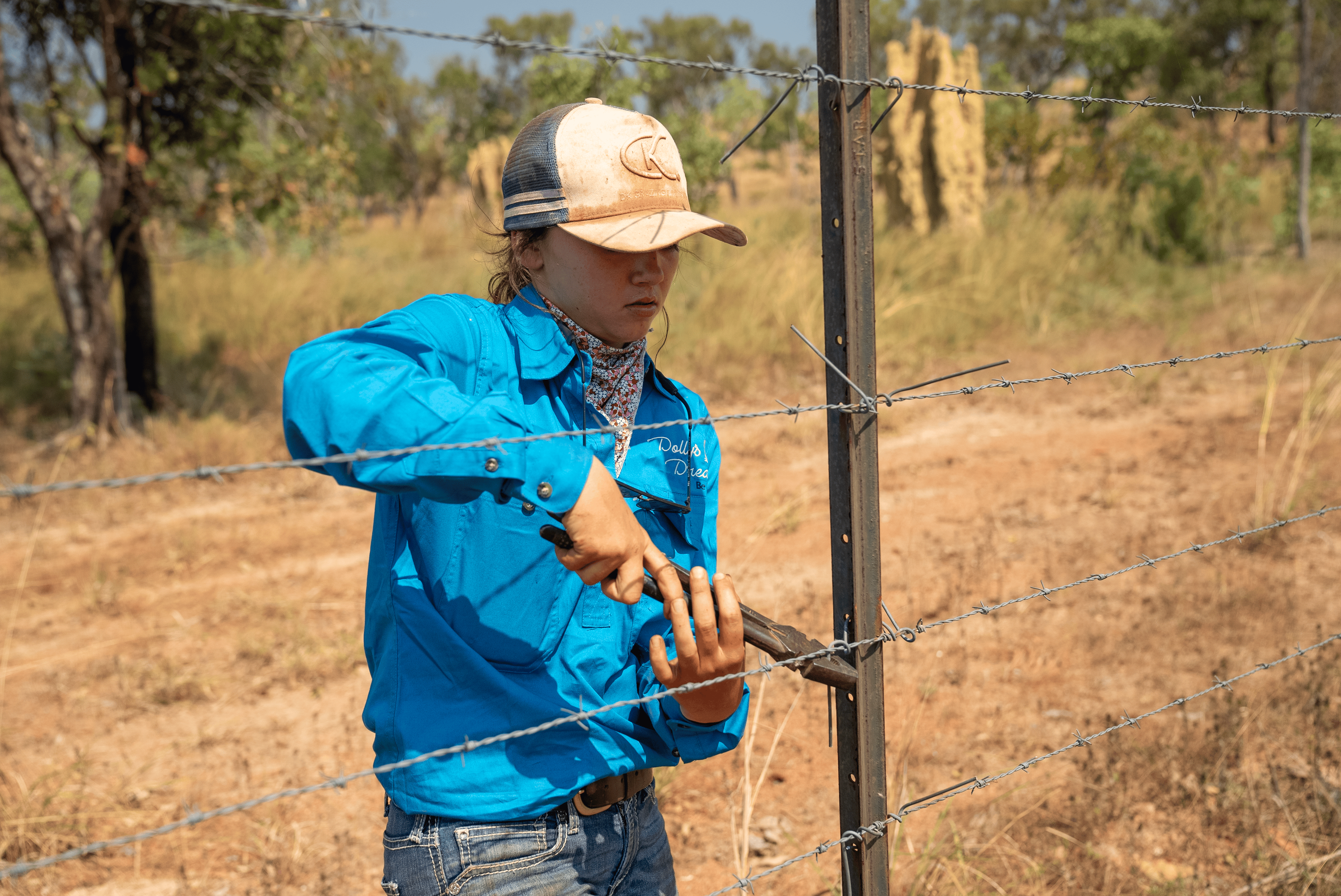
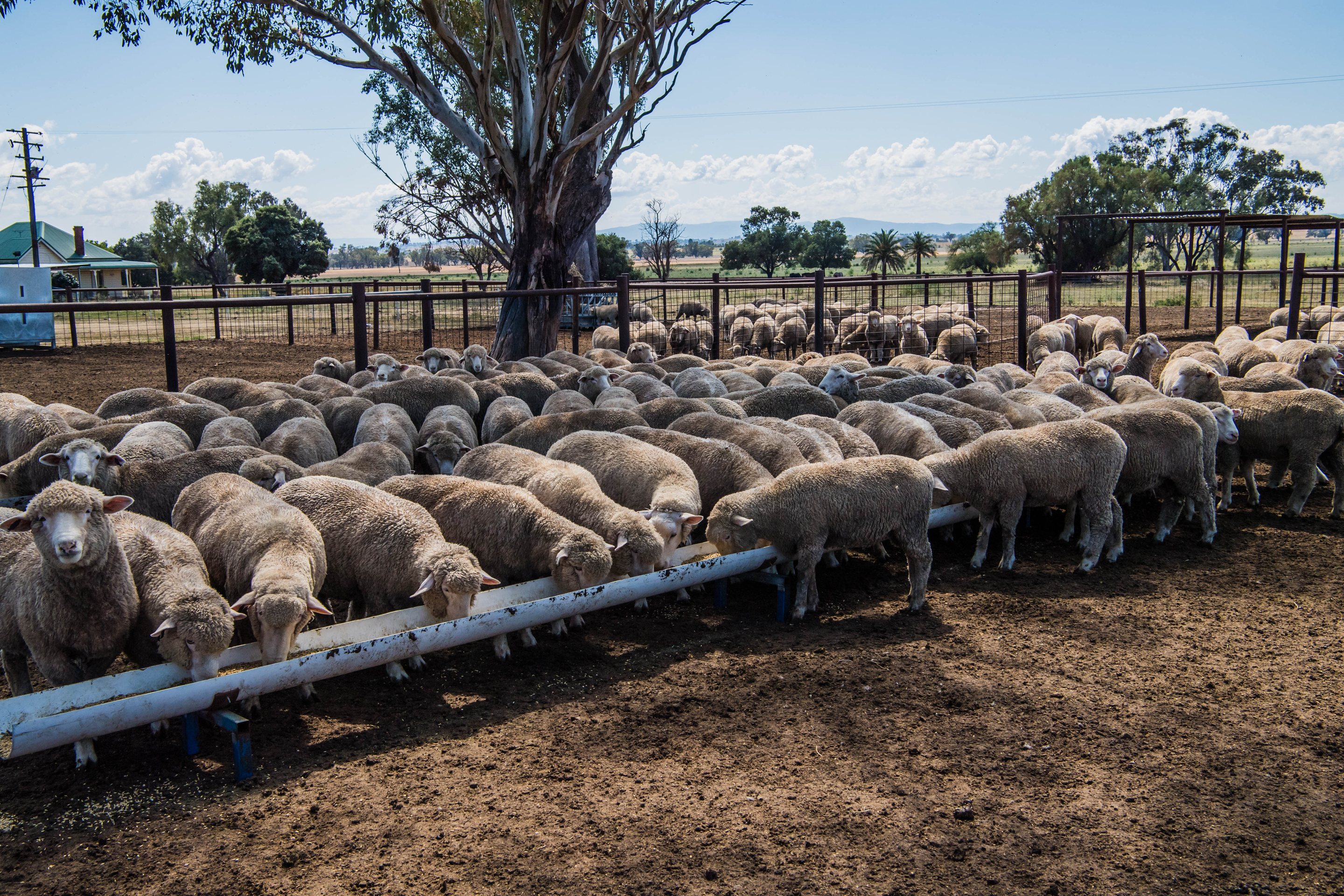
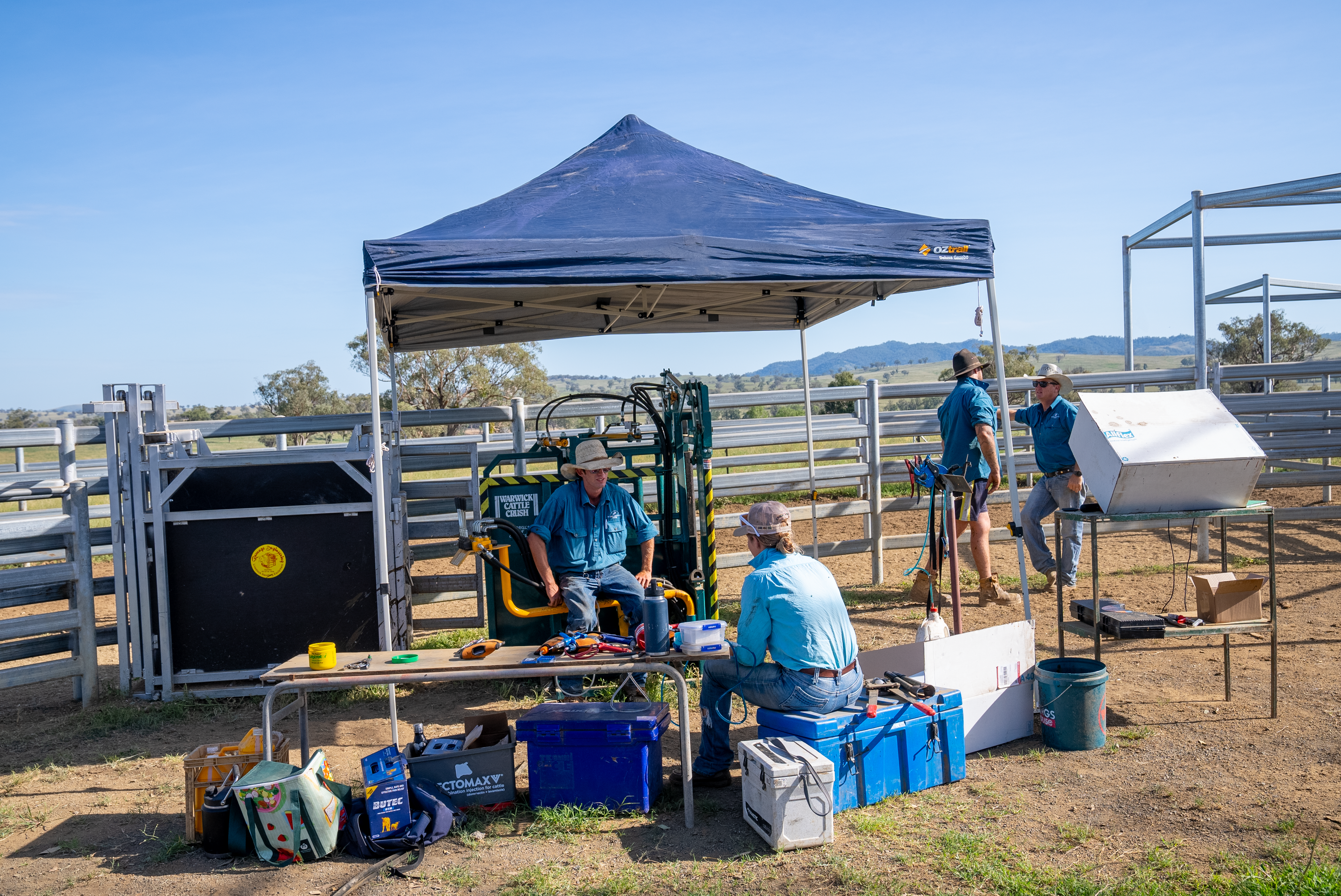
Fencing requirements vary significantly between species. While cattle require sturdy post-and-rail or electric fencing, sheep need well-maintained mesh fencing to prevent escapes, and goats demand higher, more robust barriers due to their climbing ability.
A well-designed stockyard for sale through platforms like Farmbuy often includes essential infrastructure that can save thousands in establishment costs.
Labour requirements differ dramatically between enterprises. Extensive beef operations require minimal daily input, but intensive dairy systems demand significant time commitment twice daily. Investing in quality handling facilities, including appropriate yards and races, not only improves efficiency but also enhances safety for both animals and handlers. This will only make routine procedures less stressful for everyone involved.
Final Checklist for Selecting Your Livestock
Creating a systematic approach to livestock selection ensures you've addressed all critical factors before making your investment in breeding stock:
- Have you thoroughly assessed your climate patterns, land carrying capacity, and water resources to understand your property's true potential?
- Are your production goals clearly defined? Whether it’s targeting premium meat markets, establishing dairy production, or developing a fibre enterprise.
- Does your chosen breed's genetic traits, temperament, and management requirements match both your goals and your farm's environmental conditions?
- Is there stable and accessible market demand for your intended products, with established supply chains and consistent pricing that supports profitability?
- Have you realistically budgeted for both initial establishment costs and ongoing operational expenses, including contingencies for seasonal variations and market fluctuations?
- Most importantly, are you sourcing your animals from reputable sellers offering quality stud stock with comprehensive health records, documented genetic performance, and ongoing support?
Through Farmbuy's verified seller network and transparent marketplace, producers can confidently source breeding stock that meets these criteria, setting the foundation for long-term success. Making an informed choice that is not emotionally-driven, but based on objective assessment positions your livestock enterprise for sustained profitability and growth in competitive agricultural markets.
Frequently Asked Questions
What are the most profitable livestock to farm?
Profitability depends heavily on market conditions, input costs, and management efficiency. Beef cattle, prime lambs, and quality wool traditionally provide strong returns when matched to suitable environments and markets. Successful producers focus on optimising their chosen enterprise rather than chasing perceived opportunities.
How much land do I need to start a livestock farm?
Land requirements vary dramatically by location and enterprise type. Cattle in arid regions potentially need 50+ hectares per animal, while intensive sheep operations in high-rainfall zones might support 15-20 sheep per hectare. Consulting local agricultural advisors provides property-specific carrying capacity estimates.
What are the best livestock breeds for beginners?
Docile, hardy breeds like Hereford cattle or Dorper sheep offer forgiveness for management mistakes, whilst simultaneously providing good productivity. Beginners should still prioritise breeds with strong local support networks and readily available technical assistance.
How do I assess market demand for different animal products?
Review industry reports from organisations like Meat & Livestock Australia. You could also analyse local saleyard results for price trends, and consult with stock agents about buyer preferences. There is great potential as well in considering direct marketing opportunities through platforms like Farmbuy, which connect producers with end users.
What is an EBV and why is it important?
An Estimated Breeding Value predicts an animal's genetic merit for specific traits, such as growth rate or fertility based on performance data from relatives. It provides objective selection criteria that removes guesswork from breeding decisions and accelerates genetic improvement.
What's the difference between Bos Indicus and Bos Taurus cattle?
Bos Indicus breeds evolved in tropical climates with adaptations for heat tolerance and parasite resistance. Conversely, Bos Taurus breeds developed in temperate regions with superior meat quality characteristics, even if requiring more favourable environmental conditions.
What are the biggest ongoing costs in livestock farming?
Feed typically represents 60-70% of production costs, particularly during droughts or winter. The next biggest costs are followed by veterinary expenses, labour, and infrastructure maintenance. Understanding these costs helps determine break-even prices and profit margins.
How can I improve the sustainability of my livestock operation?
Implement rotational grazing to enhance soil health, select efficient breeds well-adapted to local conditions, maintain appropriate stocking rates, and invest in water infrastructure.
What should I look for when buying stud stock?
Prioritise animals with sound structural conformation, comprehensive health testing results, strong EBV data for economically important traits, proven pedigrees from reputable breeders, and temperaments suited to your handling facilities and expertise level.
Are there government resources to help me choose a breed?
State agricultural departments provide extensive breed selection tools, local trial data, and advisory services. Additionally, industry bodies offer genetic evaluation programmes, market reports, and technical resources that support informed decision-making for livestock enterprises.

